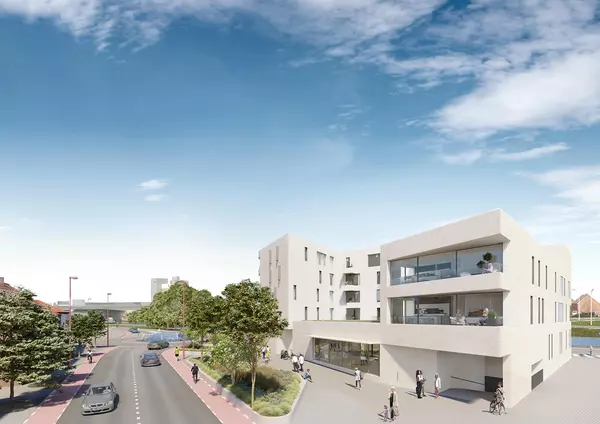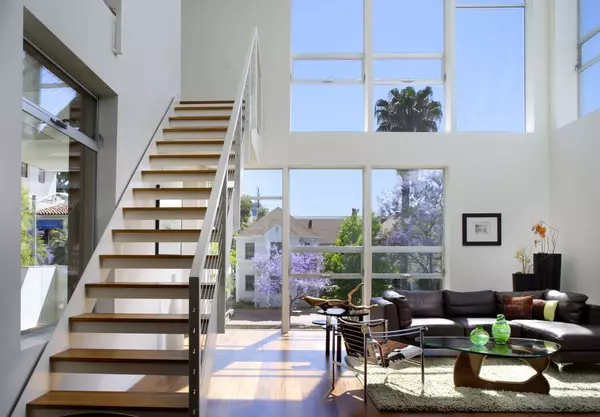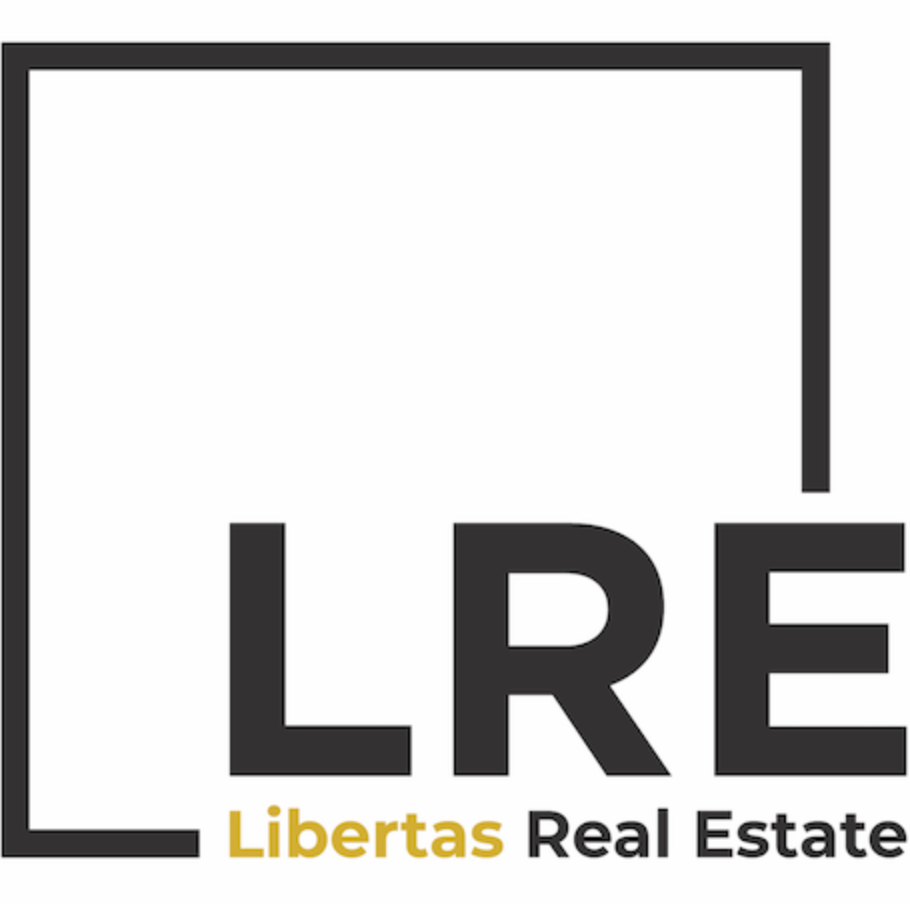Four charts that perfectly illustrate the housing affordability crisis
Look at all the variables at play in the housing market and it’s hard not to feel pessimistic about the affordability crisis.
Mortgage payments continue to increase thanks to high mortgage rates, home insurance premiums are on the rise in markets vulnerable to natural disasters and the rent is still too dang high for renters who in another era would be shopping for their first home.
Harvard’s Joint Center for Housing Studies (JCHS) lays this bare in its State of the Nation’s Housing, the university’s sprawling annual report that touches on homeownership, renting, demographics and policy.
Dan McCue, a researcher with JCHS, says the overarching theme of the 2025 report is uncertainty, whether it be on federal funding for housing assistance programs or the direction of interest rates.
“The affordability challenges have not eased over the past year, and a cloud of uncertainty has rolled in and added to the elements of concern,” he said. “A down payment is a significant barrier, the mortgage payment has priced out a lot of potential owners who can’t afford those monthly housing costs.”
<\/script>Price-to-income ratios have skyrocketed
Rising home prices wouldn’t be such a problem if wages were rising at the same pace, but they’re not. That’s painfully evident in the data for price-to-income ratios in the 100 largest metro areas in the country.
In 1990, a whopping 75 metro areas had a ratio of under 3. In 2024 that number was three — Akron, Ohio; Toledo, Ohio; and McAllen, Texas.
At the other end, only seven metros had a ratio of 5 or more in 1990 but 39 do now. Over the same time period, the number of metros with a ratio between 4 and 4.9 increased from four to 36. The average ratio among the largest 100 metros rose from 3.2 to 5.
<\/script>Cost burdens — not just for renters anymore
The phrase “cost-burdened”— which refers to those paying more than 30% of their income on housing — is most often applied to renters, but more and more homeowners are feeling the pinch as well.
In 2019, the number of cost-burdened homeowner households hit its lowest number since 2002 at 16.7 million. This data wasn’t collected in 2020 because of the pandemic, but in 2021 that number jumped to 19.7 million and now sits at 20.3 million.
Interestingly, these numbers are lower than during the 2000s housing boom, when loose credit standards produced higher price-to-income ratios that eventually got out of hand. Today, the rise is more related to existing homeowners who are now having to pay more in ancillary housing costs on incomes that are being squeezed by inflation.
“Cost-burdens today are not people jumping into the housing market in over their heads as was more likely to be the case in the 2000s,” McCue said. “Now it’s inflation of all the costs of homeownership.”
<\/script>Home insurance premiums and other costs are rising
The increased frequency and strength of natural disasters is brewing a home insurance crisis that for some states is already here.
Major insurers have raised premiums considerably or pulled out altogether in parts of California and Florida, and places like Texas that aren’t thought of as epicenters of weather events are experiencing the same.
In 2018, the average home-insurance premium was $1,089. In 2024 it rose to $1,761, almost double what it was six years ago. In Miami, a median-priced home comes with an annual payment of more than $11,000
But it’s not just home insurance. Property taxes are on the rise in much of the country, due in part to home prices rising so significantly. Between 2021 and 2023, the national average property tax payment increased 12%. It varies by state though. The increase in Wyoming over that time period was an astounding 37%.
<\/script>Prices are driving up home equity, but unevenly
While rising home prices are bad for first-time home buyers, it’s a boon for existing homeowners. Total aggregate home equity has more than tripled since the dust settled on the 2008 financial crisis, going from $11.4 trillion in 2012 to $34.5 trillion in 2024. This has helped homeowners manage higher ancillary homeownership costs.
At the same time, total aggregate mortgage debt has stayed mostly flat. In 2012 it was $13.4 trillion and has actually dropped since then to $13.3 trillion. That’s largely because of low interest rates in the years after the financial crisis and after the pandemic began.
However, the benefits of this aren’t spread evenly and generally favor longer term homeowners among older generations. JCHS notes that for the lowest income bracket, median housing costs rose 4% while incomes declined 9% between 2013 and 2023.
The benefits are also distributed unevenly along racial lines. White homeowners have a median equity of $82,000. That’s 67% higher than Black homeowners and 52% higher than Hispanic homeowners.
“We’re not seeing a lot of new homebuyers come in with a typical ratio,” McCue said. “It’s a sign that a lot of people are holding onto equity as a result of high house-price gains and low mortgage rates. A lot of wealth is going to homeowners.”
Categories
Recent Posts










GET MORE INFORMATION

